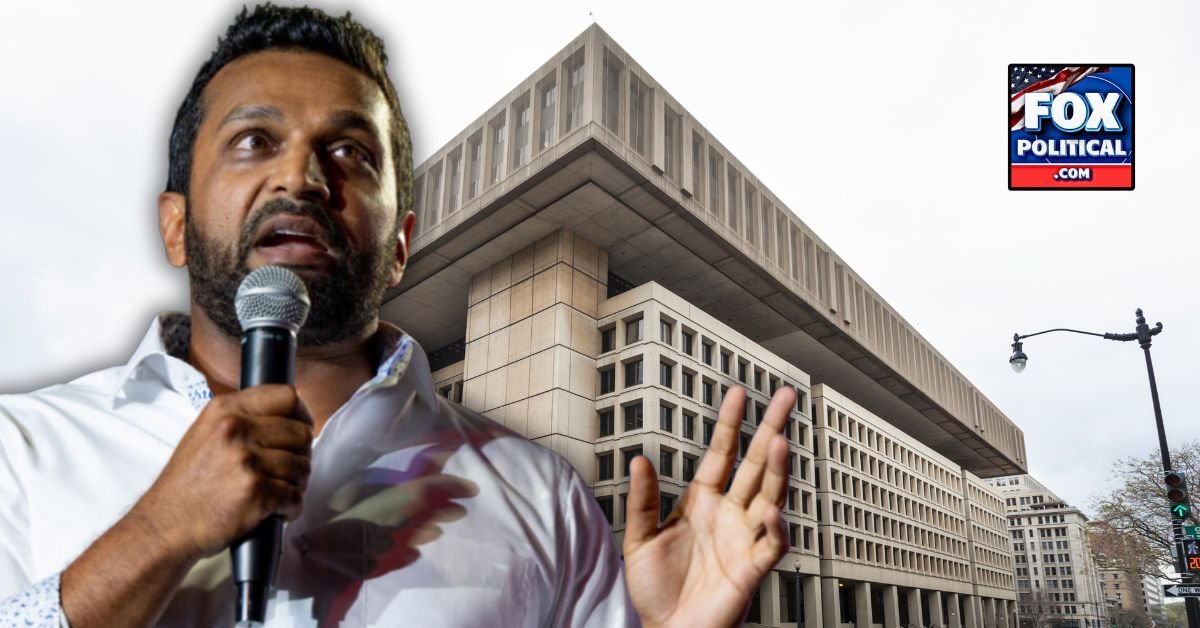Israel and Lebanon have made a big step towards peace. They agreed on a ceasefire, backed by the US. This deal started on November 27th and aims to stop a 14-month conflict.
This conflict has caused thousands of deaths and displaced many people. The ceasefire lets people who had to leave their homes return safely. Over 60,000 Israelis had to flee their homes because of Hezbollah’s attacks.
Key Takeaways
- The ceasefire agreement between Israel and Lebanon is a US-backed deal designed to be a permanent cessation of hostilities.
- The agreement was accepted by both countries and Hezbollah, with President Biden and President Macron issuing a joint statement in support.
- The ceasefire aims to restore lasting calm and allow displaced residents to return safely to their homes on both sides of the Blue Line.
- The deal stipulates a 60-day cessation of hostilities, providing a crucial window for withdrawal and de-escalation.
- The ceasefire represents a significant step towards regional stability and a pathway for further diplomatic efforts to address the underlying tensions in the Middle East.
Breaking Down the US-Backed Ceasefire Proposal
The conflict between Israel and Lebanon is getting worse. A new ceasefire plan backed by the US might help. It suggests a 60-day pause in fighting, with Hezbollah pulling back 40 kilometers from the border.
Key Terms of the Agreement
This deal is based on UN Resolution 1701 from 2006. Lebanon will watch Hezbollah more closely south of the Litani river. A team of international observers, UN troops, and the Lebanese army will make sure it works.
Timeline and Implementation
The ceasefire is set to start in 60 days. This is a chance for both sides to pull back and make the border safe. Israel says it will fight back if Hezbollah breaks the deal, with US support.
Role of International Mediators
The US and France are key in making this deal work. They will help Israel and Lebanon pull back and keep an eye on the border.
If this deal works, it could help civilians caught in the hezbollah-israel conflict. But, worries exist about its impact on Gaza’s deadly conflict. The un mediation efforts and how well the border disputes are solved will be watched worldwide.
Israel and Lebanon Negotiate A Ceasefire: Path to Regional Stability
The ceasefire between Israel and Lebanon is a big step towards peace. After a long fight, the truce has given a break to people on both sides. Thousands of Lebanese who fled are starting to go back home, even with warnings from leaders.
The ceasefire’s success is a big deal for the whole region. It shows that peace talks can work, even in tough times. This could help solve other conflicts and improve life for many people.
Experts think the ceasefire might help in Gaza too. But, Gaza’s situation is very different. The fight there might keep going because of Hamas’s unclear leadership.
“The ceasefire agreement between Israel and Lebanon heralds a crucial step towards regional stability. Its longevity and implementation will be closely watched, as it could serve as a blueprint for future conflict resolution efforts in the region.”
Now, everyone must keep the peace deal alive. The world is ready to help and watch over it. With everyone’s help, this ceasefire could bring a new era of peace and cooperation to the Middle East.
Military Withdrawal and Border Security Measures
The ceasefire between Israel and Lebanon is now in effect. The focus is on withdrawing troops and securing the border. Hezbollah agreed to pull its forces back north of the Litani River, about 40 kilometers from the Israel-Lebanon border. This move is similar to a 2006 agreement, but that deal was later broken.
The Lebanese military will increase its presence in the south. They will work with UN peacekeeping troops. These UN forces will watch over armed groups and make sure everyone follows the ceasefire rules. Israel has also moved its troops back, staying ready to act if needed.
Israeli Forces Repositioning
Israel’s Defense Forces have pulled back from Lebanese land. They moved to the border to lower tensions and create a buffer zone. But, they are still on high alert, ready to act if Hezbollah or others break the ceasefire.
Hezbollah’s 40km Withdrawal Requirement
Hezbollah must pull its forces back north of the Litani River. This creates a 40-kilometer buffer zone near the Israel-Lebanon border. This move is meant to reduce the chance of future problems and keep both sides safe.
UN Peacekeeping Operations
The UN peacekeeping forces are key to making sure the ceasefire holds. They will watch over armed groups and help Hezbollah pull back from the south. Their work is crucial for keeping the peace and making the ceasefire a success.
| Measure | Details |
|---|---|
| Israeli Forces Repositioning | Israel’s Defense Forces have withdrawn from Lebanese territory, repositioning their troops along the shared border to reduce tensions and maintain readiness. |
| Hezbollah’s 40km Withdrawal | Hezbollah has agreed to withdraw its forces north of the Litani River, creating a 40-kilometer buffer zone between the group’s positions and the Israel-Lebanon border. |
| UN Peacekeeping Operations | The United Nations peacekeeping forces will monitor the implementation of the ceasefire agreement, supervising the movements of armed groups and ensuring compliance with the terms of the deal. |
Impact on Civilian Population and Displaced Residents
The ceasefire agreement brings relief to millions of Lebanese and Israeli civilians. In Lebanon, over 3,700 people were killed in Israeli airstrikes. In Israel, around 60,000 residents in the north were displaced from their homes due to Hezbollah’s relentless rocket fire. The deal’s implementation is crucial for addressing the pressing humanitarian crisis and fostering long-term regional stability.
As part of the agreement, Israel is set to withdraw its forces from Lebanon over the next 60 days. Hezbollah is tasked with moving its fighters north of the Litani River along the Israel-Lebanon border. This troop repositioning, along with the deployment of additional Lebanese Army troops to the south, aims to restore stability. Governor Bachir Khodr reported that about half of the displaced residents in his region had already returned following the ceasefire, a positive step towards rebuilding affected communities.
Despite the ceasefire, challenges remain in ensuring the well-being of civilians and addressing the long-term impact of the conflict. Over a million people in Lebanon were displaced by the fighting. It will take time and resources to support their safe and dignified return. The humanitarian crisis has also exacerbated the broader regional tensions, underscoring the importance of the Middle East peace talks in fostering lasting stability and security for all.
FAQ
What is the significance of the ceasefire agreement between Israel and Lebanon?
The US-backed ceasefire proposal between Israel and Lebanon started on November 27th. It ended a 14-month border conflict. The goal is to bring lasting peace and let people safely return to their homes.
What are the key terms of the ceasefire agreement?
The deal calls for a 60-day halt in fighting. Hezbollah must pull back 40 kilometers from the border. Israeli troops will leave Lebanese land.
Lebanon will watch Hezbollah’s movements more closely. The UN, Lebanese military, and a multinational team will oversee the deal.
Who are the key mediators involved in the ceasefire negotiations?
The US and France will help both sides follow the agreement. UN troops will also watch armed groups. They make sure everyone sticks to the ceasefire.
How does the ceasefire agreement address border security and military withdrawal?
Hezbollah must move its forces north of the Litani river, about 40 kilometers from the border. The Lebanese military will increase its presence in the south.
Israel has moved its troops back and is ready to act if needed. This helps keep the peace.
What is the impact of the ceasefire on the civilian population and displaced residents?
The ceasefire is a big relief for millions of people in Lebanon and Israel. In Lebanon, hundreds died in Israeli airstrikes. In Israel, millions had to find shelter from Hezbollah’s rockets.
Now, displaced people can go back home. Over 60,000 Israelis had to leave their homes in the north. But, there are still challenges to ensure their safe return.
Source Links
- Israel has agreed to a truce in Lebanon. Here’s what that means | CNN
- Middle East latest: Displaced people return to south Lebanon as ceasefire appears to hold
- Israeli cabinet likely to approve Lebanon ceasefire deal in Tuesday vote
- International community welcomes Israel-Hezbollah ceasefire deal
- Ceasefire in Lebanon, and the future of resistance to Israel
- European countries welcome Israel-Lebanon ceasefire deal | XINHUA | LINE TODAY
- Israel-Gaza-Lebanon live updates: IDF issues south Lebanon warning after ceasefire
- Middle East crisis: Israel destroyed strategic Hezbollah missile site near Syria – IDF
- Thousands of Lebanese return home as ceasefire takes hold
- Israel-Hezbollah Live Updates: Lebanon Sends Troops to Support Cease-Fire
- LIVE BLOG: Lebanon’s Ceasefire amid Tensions | Iran: Israel’s Invincibility Myth Shattered – Day 418






















